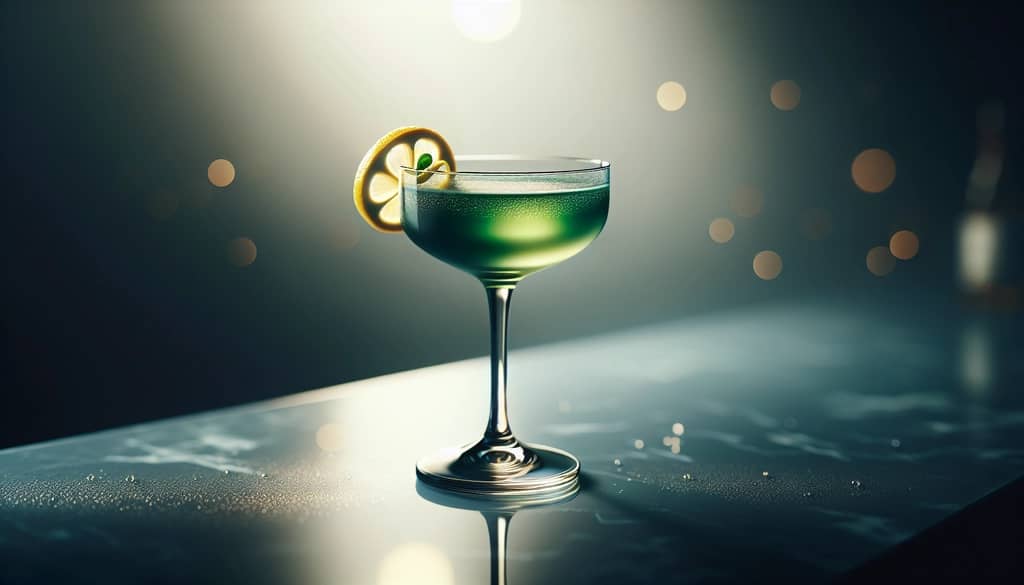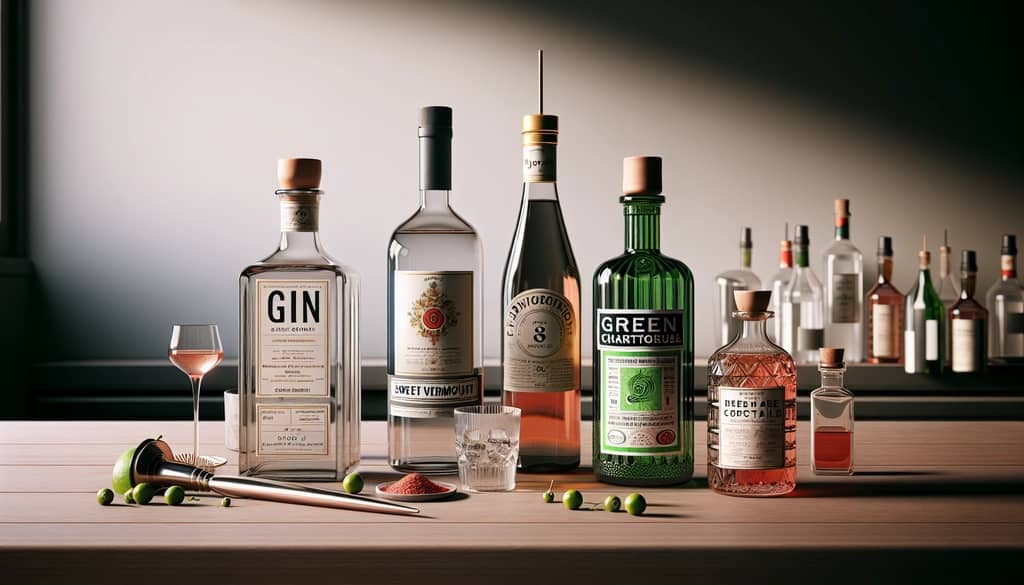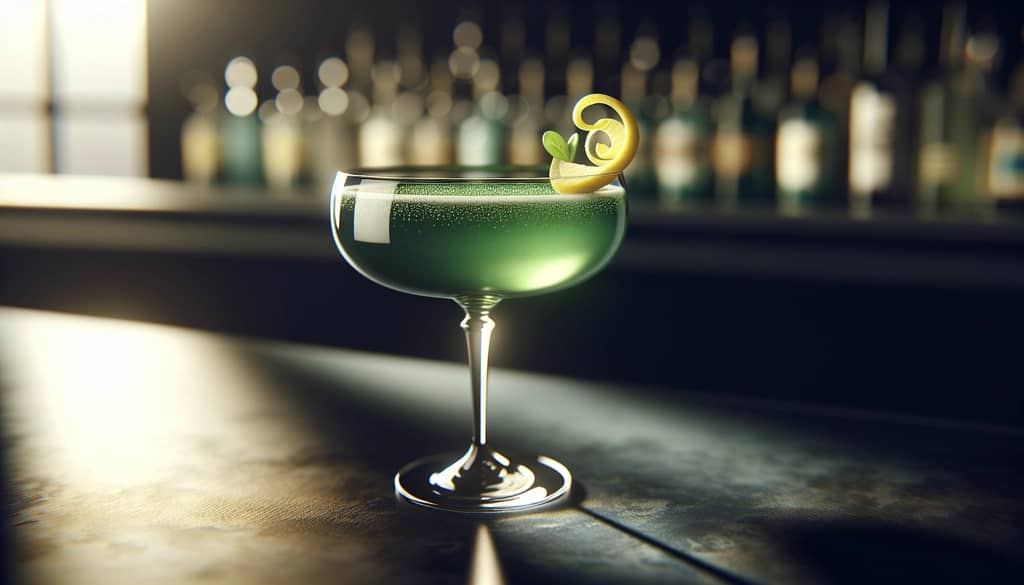Updated on: 6/3/2025
The History of the Bijou Cocktail

Few cocktails capture the jewel-toned intrigue of the Bijou, a classic from the golden age of bartending. The name itself—French for “jewel”—hints at both the drink’s appearance and its pedigree. Equal parts gin, sweet vermouth, and green Chartreuse, the original Bijou was a masterclass in balance, complexity, and old-world glamour.
Origins: Harry Johnson’s Gilded Invention
The Bijou traces its roots to Harry Johnson, widely regarded as one of America’s foundational bartenders. First published in his influential “New and Improved Bartender’s Manual” in 1900, Johnson presented the Bijou as an elegant blend that mirrored its precious namesake: gin for the diamond, vermouth for the ruby, and green Chartreuse for the emerald. This symbolic color scheme wasn’t merely poetic—it guided the ingredient choice and proportions, celebrating cocktail artistry of the era.
Early Popularity and Prohibition Obscurity
During the late 19th and early 20th centuries, the Bijou was a fixture among the elite, prized for its vibrant color and potent, herbal complexity. However, the drink faded into obscurity during Prohibition, as green Chartreuse became scarce and drier palates started to dominate American drinking culture. Revival only emerged decades later, when vintage cocktail books resurfaced and bartenders sought to recreate forgotten gems.
How the Recipe Has Evolved
Harry Johnson’s original Bijou called for equal measures of gin, sweet vermouth, and green Chartreuse—a composition that gave the drink an intensely herbal and sweet profile, which modern palates sometimes find overpowering. As vintage recipes returned to bar menus, many mixologists dialed back the Chartreuse and vermouth to let the gin take the lead, enhancing the drink’s clarity and drinkability without sacrificing its signature complexity.
- Early recipes: Often 30 ml gin, 30 ml sweet vermouth, 30 ml green Chartreuse, with a dash of orange bitters.
- Modern ratios: Commonly 45 ml gin, 22.5 ml sweet vermouth, 7.5 ml green Chartreuse, a few dashes of orange bitters—yielding a brighter, less cloying cocktail.
Garnishes too shifted with taste: lemon twists embraced to lift aromatics, orange peels for depth, and even the occasional cherry for visual flair.
Classic and Modern Bijou Cocktail Recipe
For those eager to taste this storied cocktail, the following recipe respects tradition while accommodating updated technique and balanced proportions. The result is a drink with lush color, layered botanicals from gin and Chartreuse, and a gentle sweetness tempered by vermouth.

- 45 ml London dry gin
- 22.5 ml sweet vermouth
- 7.5 ml green Chartreuse
- 1 ml orange bitters
- Lemon twist or cherry, for garnish
- Add gin, sweet vermouth, green Chartreuse, and bitters to a mixing glass filled with ice.
- Stir thoroughly (about 30 seconds) until well-chilled.
- Strain into a chilled coupe glass.
- Garnish with a lemon twist (express oils over the drink) or a cherry.
The Bijou’s Lasting Appeal
Today, the Bijou stands as both a tribute to late Victorian elegance and a showcase for the rich, alpine botanicals of green Chartreuse. Its resurgence is less about nostalgia and more about technique: understanding proportions, recognizing each ingredient’s contribution, and adjusting to suit ambiance or palate. For both history buffs and cocktail enthusiasts, the Bijou is a jewel worth rediscovering.
